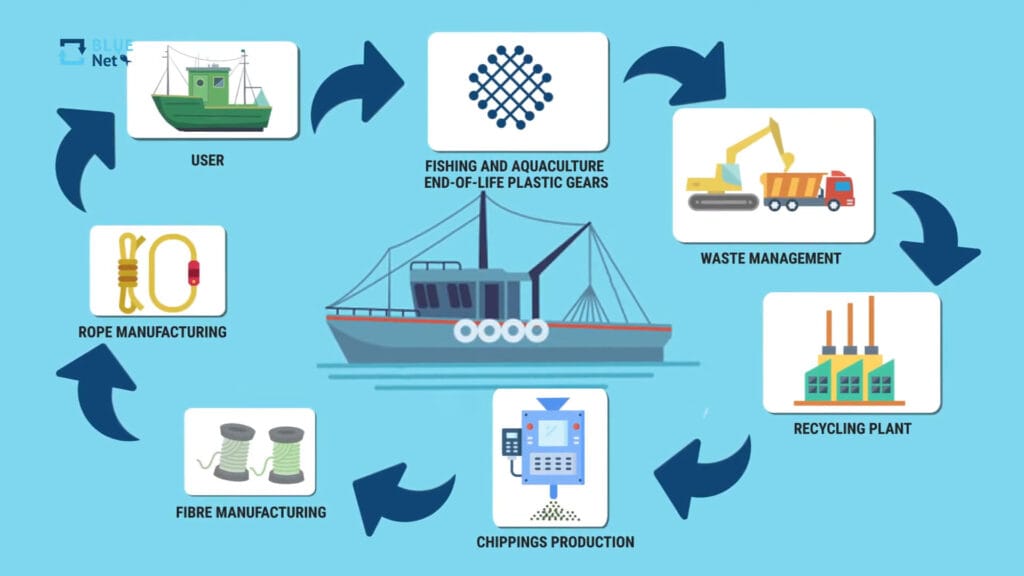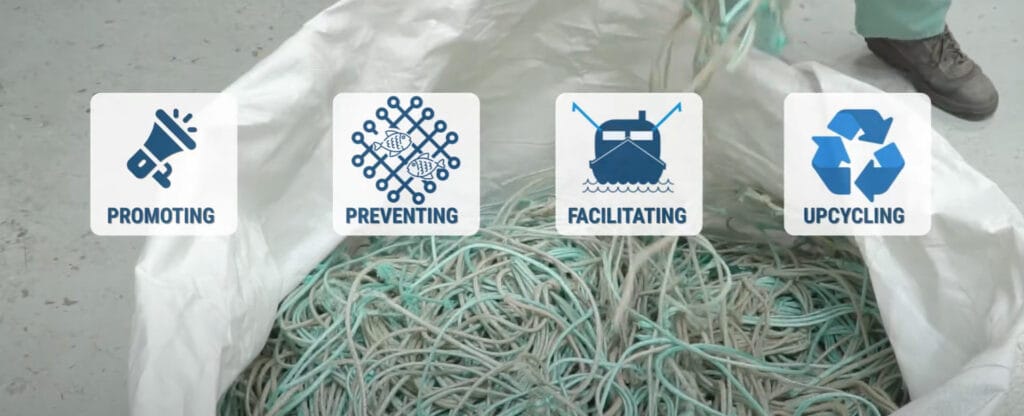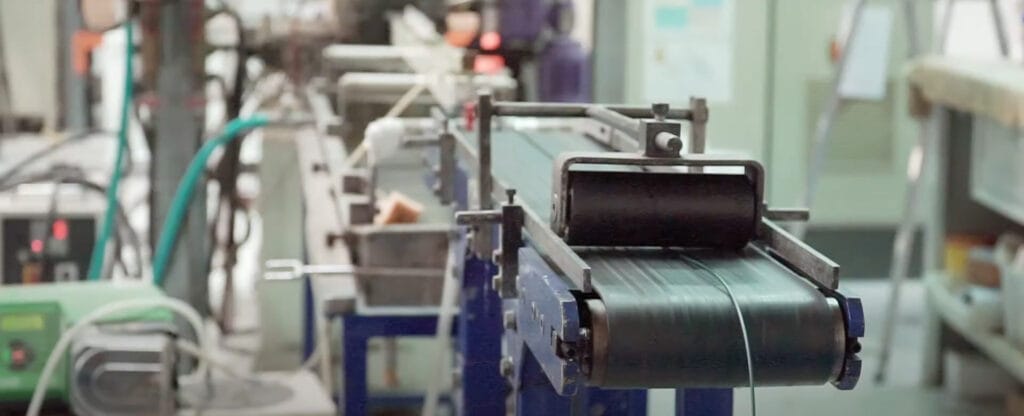RECYCLING OF ABANDONED, LOST, DISCARDED FISHING GEAR (ALDFG) INTO NEW FISHING GEAR
TECHNOLOGY

FISHERIES
plastic pollution reduction and others

Elimination & Remediation
Solution Scope: Recycling systems for litter and/or waste
Target Contaminant: Plastics & Other Marine Litter
Solution Provider or Contact Point: GAIKER Technology Centre
Project: BLUENET – Sustainable blue economy: a systemic approach to tackle marine litter
ITS Description: This ITS aims to create a self-sustaining initiative for the recycling of ALDFG from fisheries and aquaculture, specifically focusing on discarded fishing and aquaculture nets and ropes. The program encompasses various types of actions, such as collaborating with public authorities and experts to streamline the process. Key actions include: 1. Promoting the participation of the local fishing industry in “Fishing for Litter” initiatives, which encourage fishermen to bring back any marine litter they accidentally catch while fishing. This helps prevent the intentional or unintentional disposal of nets and ropes at sea; 2. Recycling the recovered nets and ropes mechanically, and then using the recycled plastic pellets to manufacture new polyamide and polyolefin ropes for offshore long-line mussel production; 3. Providing and testing alternative and sustainable designs for fishing and aquaculture gear to reduce the amount of plastic waste generated by these industries; 4. Promoting ocean literacy and environmental awareness among future fishing and maritime professionals by collaborating with local colleges and training on marine litter issues. At the technological level, the recovered nets and ropes are being recycled mechanically, and the recycled pellets are then used to manufacture these new ropes. At social level, the “Fishing for Litter” initiative involved 24 vessels, 150 fishers, and 3 ports in the Basque Country (ES) to encourage voluntary participation from fishermen to bring back any marine litter they accidentally caught while fishing. It also provided the necessary equipment and infrastructure to store and process the collected litter. The technologies included in this solution have been further tested and implemented in ITS N. 3 (SEARCULAR).
Correspondence with BMM OIR (sectoral priorities, R&I activities, gaps, needs): The comprehensive program nature of the ITS responds to multiple R&I. focus areas of activity through responding to multiple challenges of the BMM OIR for the Fisheries sector. Most prominently, at the technological level it tackles plastics & microplastics contamination and impacts from fishing gear by developing sustainable equipment, whereas at the social level it increases both awareness and knowledge of fishers and society/citizens/future professionals through disseminating collaboration in training institutes.
Source of pictures: https://www.bluenetproject.eu
Further information: https://www.youtube.com/watch?v=2RK8q7vWgs0&t=7s; https://www.azti.es/en/proyectos/bluenet/; https://www.seaqual.org/projects/azti-bluenet-project/; https://thefishingdaily.com/latest-news/tackling-marine-litter-through-circular-innovation-bluenet/





